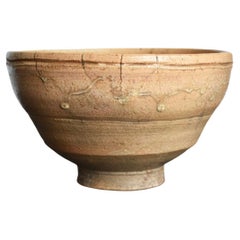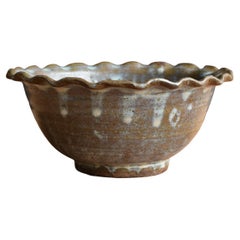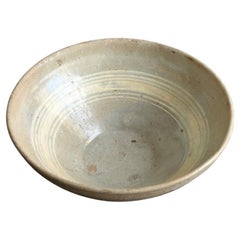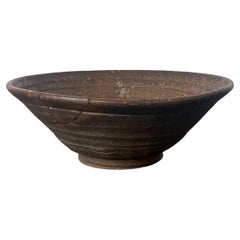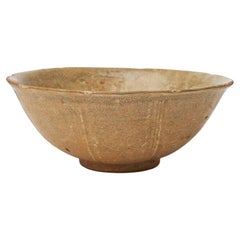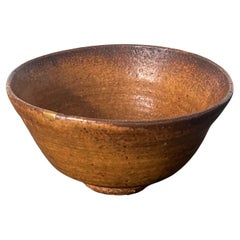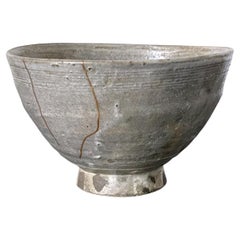Items Similar to Japanese antique pottery bowl/Tokoname ware/12th-13th century/excavated pottery
Want more images or videos?
Request additional images or videos from the seller
1 of 21
Japanese antique pottery bowl/Tokoname ware/12th-13th century/excavated pottery
$1,200
£902.89
€1,043.12
CA$1,695.91
A$1,841.43
CHF 975.17
MX$22,570.68
NOK 12,068.15
SEK 11,403.76
DKK 7,785.44
About the Item
This is a pottery called Tokoname ware.
Tokoname is a kiln located in Aichi Prefecture, Japan (Tokoname Kiln is marked with a red circle on the map).
It is said to have originated around the 12th century.
In Japan, there are six kilns with a long history that are still active, and Tokoname is one of them.
This particular bowl was made around the 12th to 13th centuries.
It was produced during the late Heian period to the early Kamakura period, long before the Edo period.
Originally, it was made as a lid for a large jar.
In Japan, there was a custom of burying Buddhist scriptures in copper tubes or ceramic vessels to preserve them for the future, and this bowl was created as a lid for such a vessel.
I have included a reference image for you to take a look at.
This bowl, in particular, was fired at high temperatures without the use of artificial glazes.
It is coated with a beautiful natural glaze, created from straw and other materials, resulting in a yellow-green hue.
The natural glaze on this bowl is especially beautiful and covers the surface elegantly.
While many similar items are unglazed or lack such a beautiful natural glaze, this one stands out for its exceptional beauty.
The center of the bowl shows marks from stacking during the firing process.
Generally, it was stacked in seven layers, which is believed to have been done for religious reasons.
As an excavated piece, it has been restored by gluing the broken ceramic fragments back together.
Since most pottery of this type is found broken during excavation, it is typically restored in this way.
It is beautiful from every angle, whether viewed from the front, back, or sides.
This is a unique item, with the charm that only antiques possess, embodying both Japanese culture and aesthetic consciousness.
Why not consider displaying it in your room?
It comes highly recommended.
The item comes with a storage wooden box.
Weight: 2.3 ㎏
We specialize in selling antique Japanese items.
We have seen tens of thousands of items over the years.
Using that experience, we have selected and listed items that are truly captivating.
This is something only we can do, thanks to the long experience we have gained.
We introduce special items that differ from the image of Japan commonly known until now, including objects made of natural materials and tools used in temples and shrines.
We rediscover Japan's "beauty," which is not widely recognized around the world, and evaluate and present it.
- Dimensions:Height: 4.93 in (12.5 cm)Diameter: 12.8 in (32.5 cm)
- Style:Other (Of the Period)
- Materials and Techniques:
- Place of Origin:
- Period:
- Date of Manufacture:12th-13th century
- Condition:Repaired: Because it is an excavated item, it has been restored by gluing together the broken pieces of pottery. Most pottery of this type was excavated broken, so it has been restored in this state.
- Seller Location:Sammu-shi, JP
- Reference Number:1stDibs: LU5487242677602
About the Seller
5.0
Platinum Seller
Premium sellers with a 4.7+ rating and 24-hour response times
Established in 2015
1stDibs seller since 2020
1,627 sales on 1stDibs
Typical response time: 6 hours
- ShippingRetrieving quote...Shipping from: senzoku, Japan
- Return Policy
Authenticity Guarantee
In the unlikely event there’s an issue with an item’s authenticity, contact us within 1 year for a full refund. DetailsMoney-Back Guarantee
If your item is not as described, is damaged in transit, or does not arrive, contact us within 7 days for a full refund. Details24-Hour Cancellation
You have a 24-hour grace period in which to reconsider your purchase, with no questions asked.Vetted Professional Sellers
Our world-class sellers must adhere to strict standards for service and quality, maintaining the integrity of our listings.Price-Match Guarantee
If you find that a seller listed the same item for a lower price elsewhere, we’ll match it.Trusted Global Delivery
Our best-in-class carrier network provides specialized shipping options worldwide, including custom delivery.More From This Seller
View AllJapanese antique pottery bowl [tokoname ware]/Tokoname ware/12th-13th century
Located in Sammu-shi, Chiba
This bowl is made from Tokoname ware, a type of pottery from Aichi Prefecture. Tokoname ware has a history dating back to the 12th century, and there are still several active kilns t...
Category
Antique 15th Century and Earlier Japanese Other Antiquities
Materials
Pottery
Japanese Antique Earthenware Tea Bowl/Edo Period/1700-1800/'Hagi Ware'
Located in Sammu-shi, Chiba
This is Hagi ware made in the middle of the Edo period.
Hagi ware is a type of pottery that began in Hagi City, Yamaguchi Prefecture in the early Edo period...
Category
Antique 18th Century Japanese Edo Pottery
Materials
Pottery
Antique pottery bowl from Kumamoto, Japan / Shodai ware / Edo / 18-19 thcentury
Located in Sammu-shi, Chiba
We have a unique Japanese aesthetic sense.
And only we can introduce unique items through our purchasing channels in Japan and the experience we have gained so far, in such a way that no one else can imitate.
It is speculated that this pottery was fired in the Shodai kiln in Kumamoto Prefecture during the Edo period, around the 18th century to the first half of the 19th century.
It is characterized by the use of iron-rich clay and the appearance of a white glaze that looks like falling snow.
As a feature, using clay with a lot of iron,
It is characterized by a white glaze that looks like snow.
This vessel is made with two types of glaze.
One is straw ash glaze and the other is rice husk ash glaze.
This rice husk ash glaze changes to a white glaze.
This pot is very beautiful with a petal-like rim.
However, there is one spot where the crack has been repaired.
The part marked with a red arrow has been broken once, but it seems to have been glued later.
Therefore, it will not leak even if you put water in it.
It's not very noticeable so I wouldn't worry about it.
This Shodai ware was made in Kumamoto Prefecture and was used there, so there are not many items in Japan.
It is a rare item.
Also, a wooden box is included, but it says "Karatsu ware...
Category
Antique Mid-18th Century Japanese Edo Serving Bowls
Materials
Pottery
Korean antique pottery bowl/15th-16th century/Joseon Dynasty
Located in Sammu-shi, Chiba
This is a piece of pottery made during the early Joseon Dynasty of the Yi Dynasty in South Korea.
This tea bowl, which was made around the 15th century, was used by common people and...
Category
Antique 15th Century and Earlier South Korean Other Pottery
Materials
Pottery
Japanese Beautiful Antique Pottery/Sue Pottery/Around 9th Century/Excavated Vase
Located in Sammu-shi, Chiba
We have an aesthetic sense peculiar to Japanese people.
And we introduce the unique items that only we can do, the route of purchasing in Japan, the experience value so far, and the ...
Category
Antique 15th Century and Earlier Japanese Other Vases
Materials
Pottery
Japanese antique earthenware/Wabi-sabi objects/Unglazed pottery
Located in Sammu-shi, Chiba
I would like to introduce some earthenware with a very interesting shape.
This is an old excavated earthenware from Japan, called "Yayoi" or "Hajiki".
This item is from before the 9...
Category
Antique 15th Century and Earlier Japanese Other Antiquities
Materials
Pottery
You May Also Like
Korean Ceramic Kakinoheta Chawan Tea Bowl
Located in Atlanta, GA
A "Kakinoheta" type ceramic chawan (tea bowl) made in Korean during Joseon dynasty circa 16th-17th century. The bowl has a slight irregular flat shape w...
Category
Antique 17th Century Korean Other Ceramics
Materials
Ceramic
Glazed Earthenware Bowl, Song Dynasty, China
Located in Los Angeles, CA
Song dynasty period earthenware glazed bowl
Gorgeous patina and wear. Overall excellent condition.
Height: 2.7"
Diameter: 6.5"
Category
Antique 15th Century and Earlier Chinese Chinese Export Decorative Bowls
Materials
Earthenware
Korean Ceramic Irabo Tea Bowl Chawan Joseon Dynasty
Located in Atlanta, GA
A ceramic chawan tea bowl made in Korea for Japanese market circa 17th century. The chawan is identified as Irabo type. Irabo bowls were essentially con...
Category
Antique 17th Century Korean Other Ceramics
Materials
Ceramic
Korean Gohon Chawan Tea Bowl for Japanese Market Joseon Dynasty
Located in Atlanta, GA
A ceramic chawan (tea bowl) circa 17-18th century fired in the Busan kiln in Korean specifically for the Japanese market. The kilns were run by the So c...
Category
Antique 17th Century Japanese Edo Ceramics
Materials
Ceramic
12-16th century Yamajawan 8-layered Japanese proto-pottery mountain bowls
Located in Chiba, JP
MOUNTAIN-CHAWAN – Supernatural unconscious object as the integrated 8-layered Japanese proto-pottery bowls (so-called ‘Yamajawan’ (Yama-Chawan / lit. ‘Mountain tea bowl’)) stuck to e...
Category
Antique 15th Century and Earlier Japanese Ceramics
Materials
Ceramic
Chinese Jun Ware Streak Glazed Art Pottery Bowl
Located in Bishop's Stortford, Hertfordshire
A very stylish good quality Chinese Jun Ware pottery bowl decorated with streaked glazes on a red and pale blue glazed ground dating from the latter 19th o...
Category
Antique 19th Century Chinese Other Ceramics
Materials
Pottery
More Ways To Browse
Kitchen Pottery
13th Century
Japanese Beauties
Antique Japanese Pottery
Japan Ware
Mark Bowles
Wooden Storage Boxes
Kiln Japanese
Antique Wooden Storage Box
13th Century Furniture
15th Century Japan
Antique Wooden Weights
Kamakura Period
Tokoname Ware
Tokoname Pottery
Fratelli Toso Opalescent
French Copper Bowl
Frog Bowl
![Japanese antique pottery bowl [tokoname ware]/Tokoname ware/12th-13th century](https://a.1stdibscdn.com/japanese-antique-pottery-bowl-tokoname-ware-tokoname-ware-12th-13th-century-for-sale/f_54872/f_438190121740644008945/f_43819012_1740644009233_bg_processed.jpg)
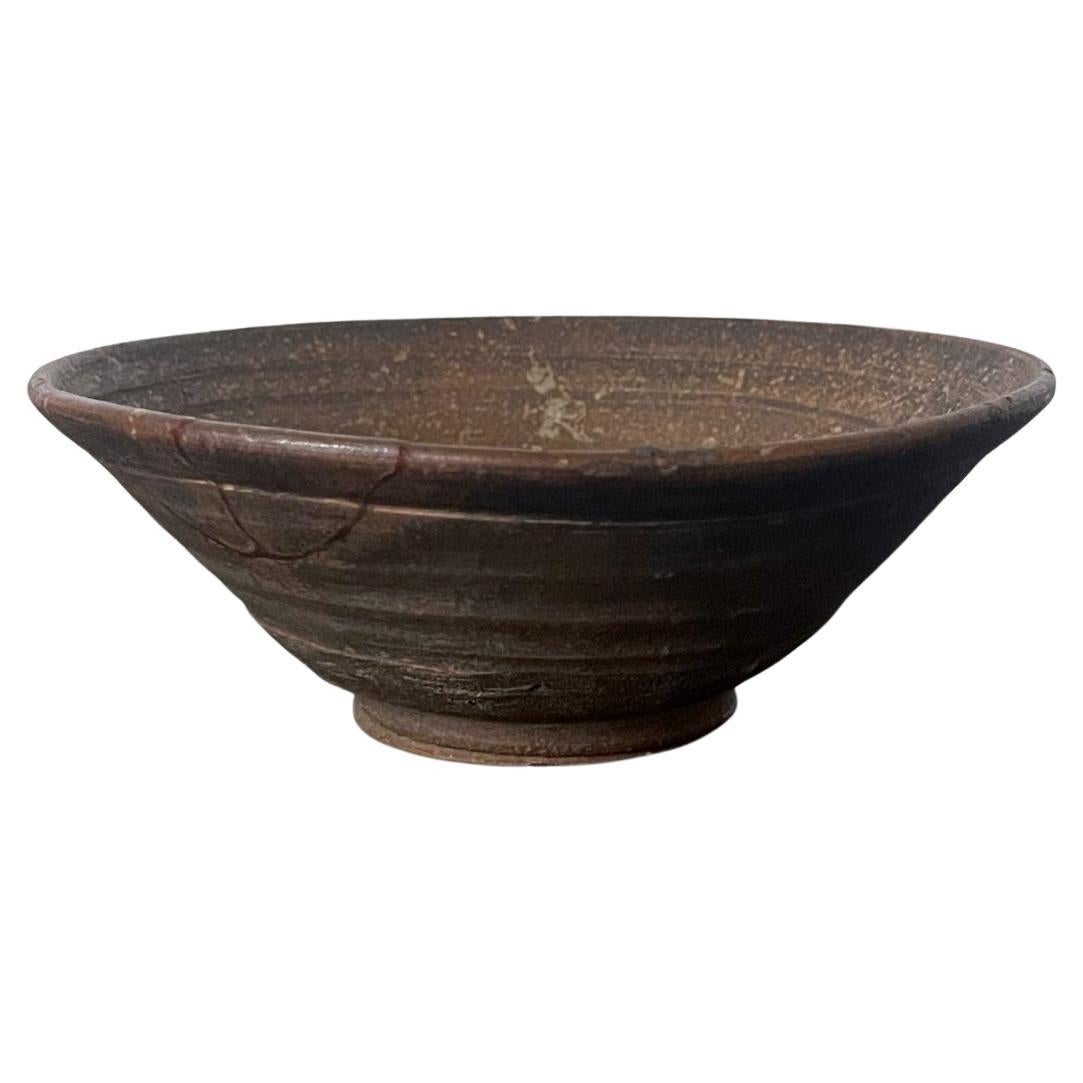
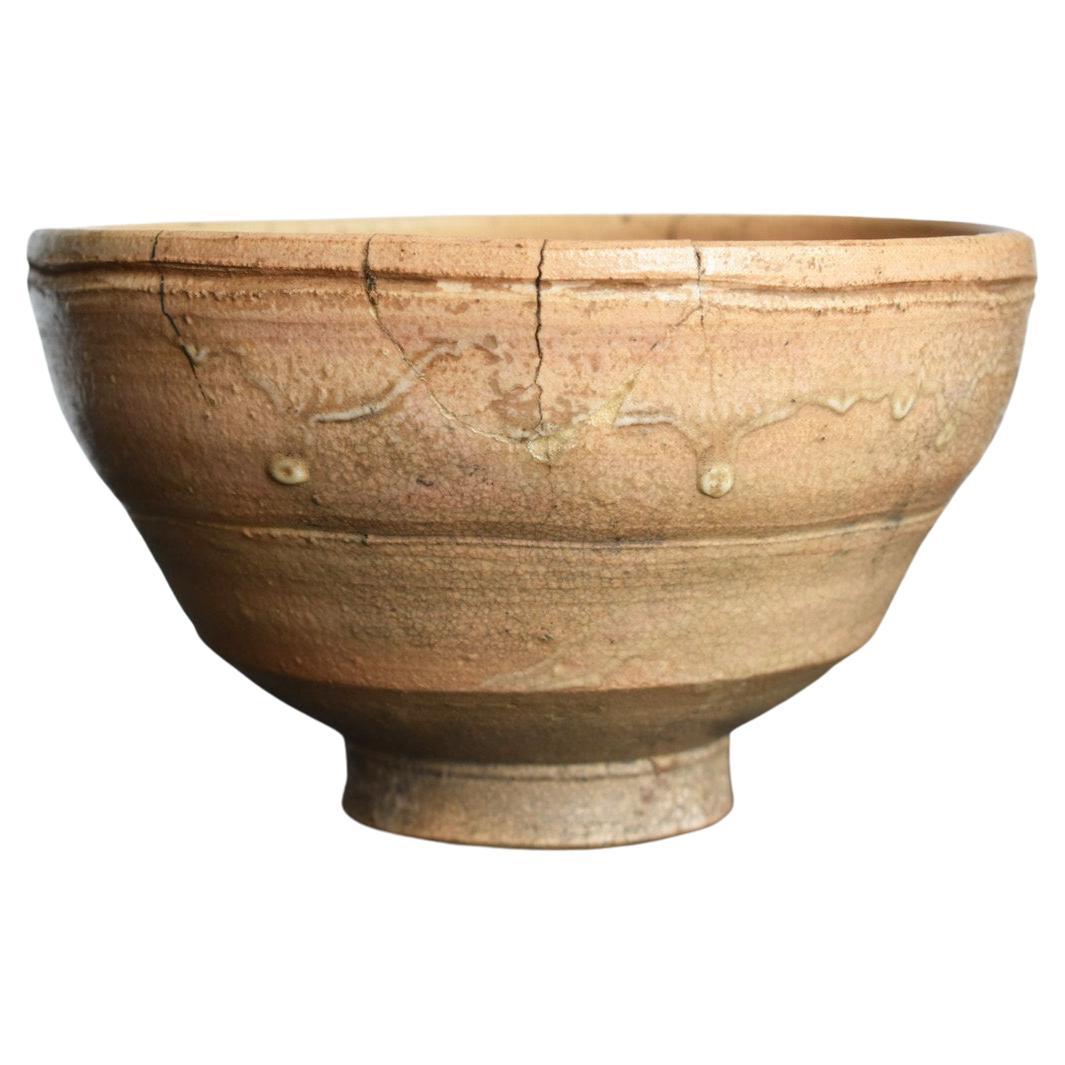
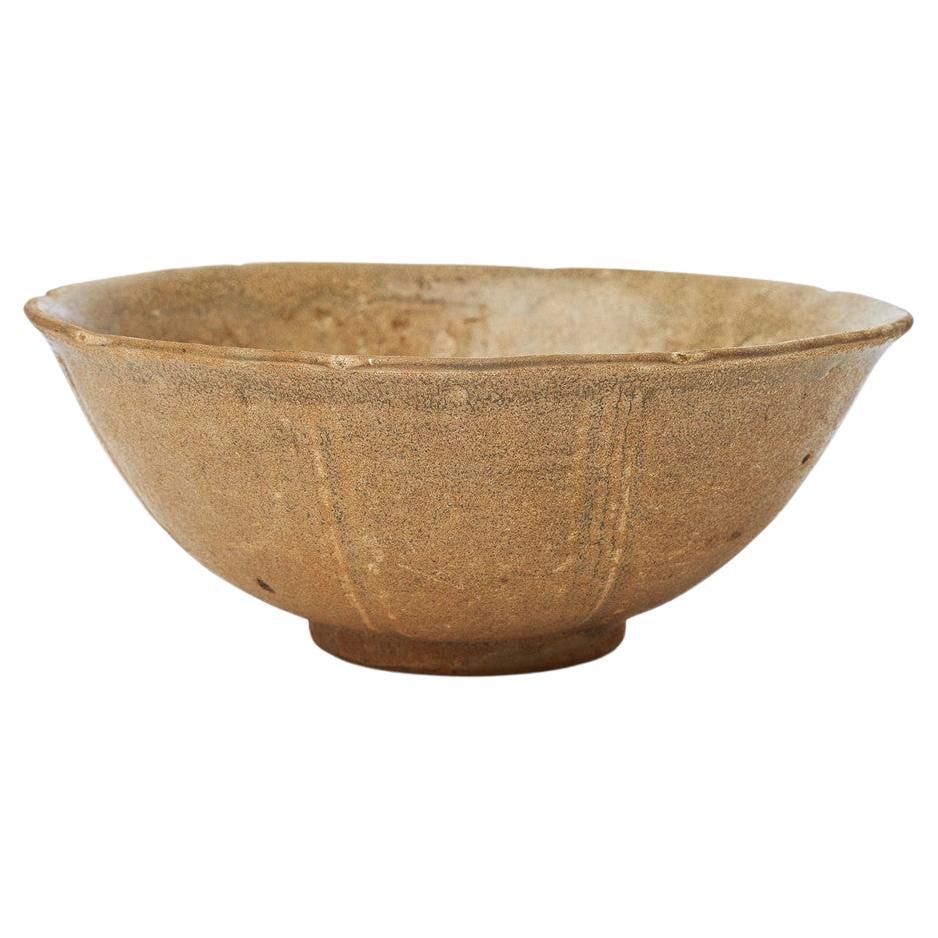
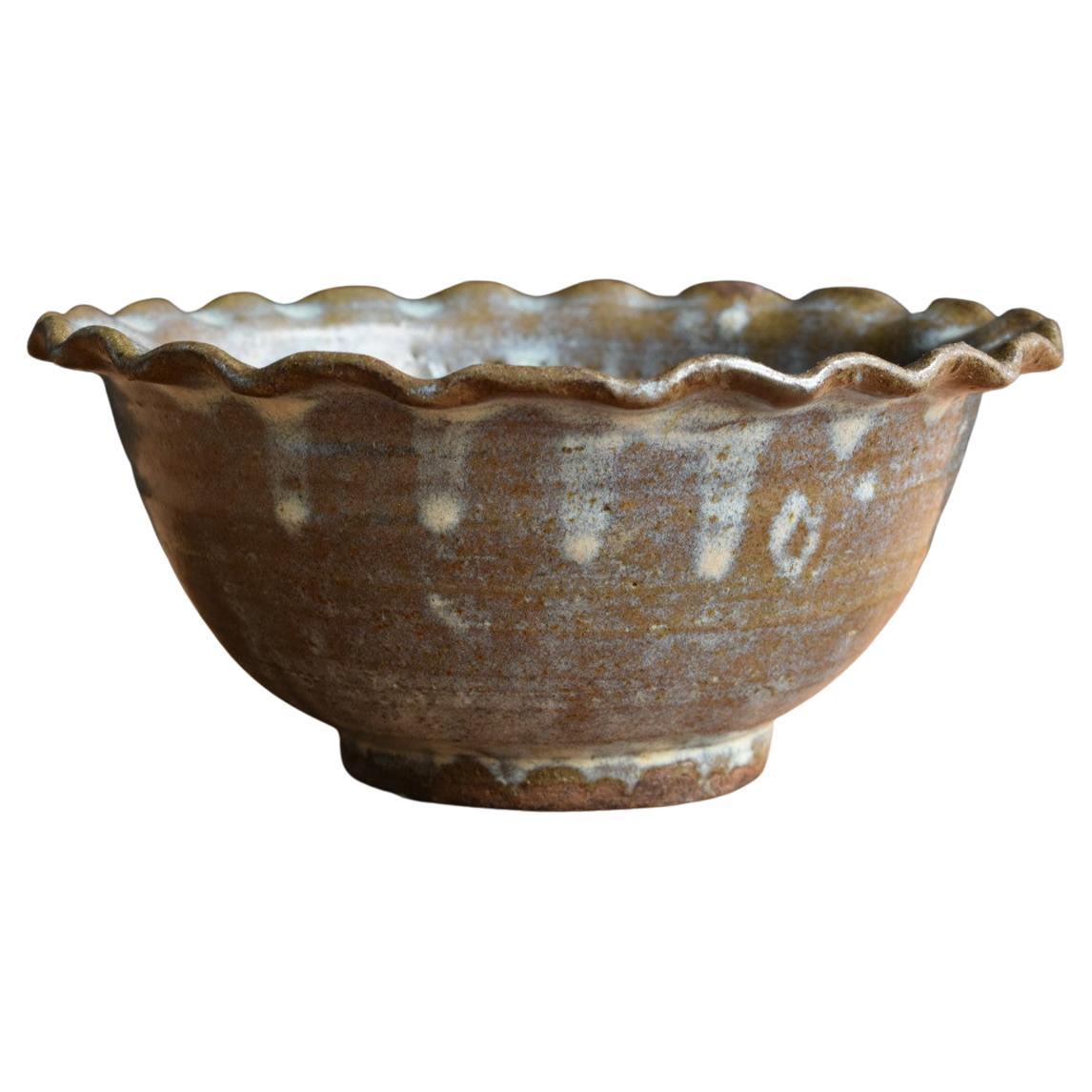

![Japanese antique pottery bowl [tokoname ware]/Tokoname ware/12th-13th century](https://a.1stdibscdn.com/japanese-antique-pottery-bowl-tokoname-ware-tokoname-ware-12th-13th-century-for-sale/f_54872/f_438190121740644008945/f_43819012_1740644009233_bg_processed.jpg?width=240)
